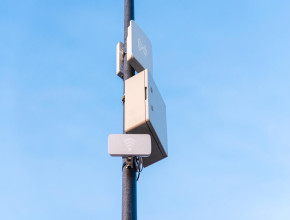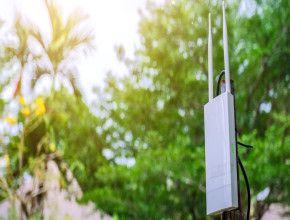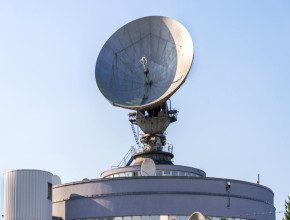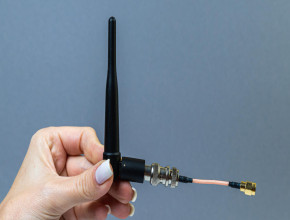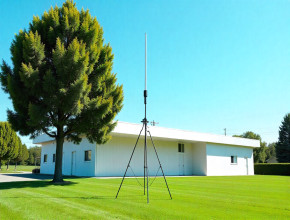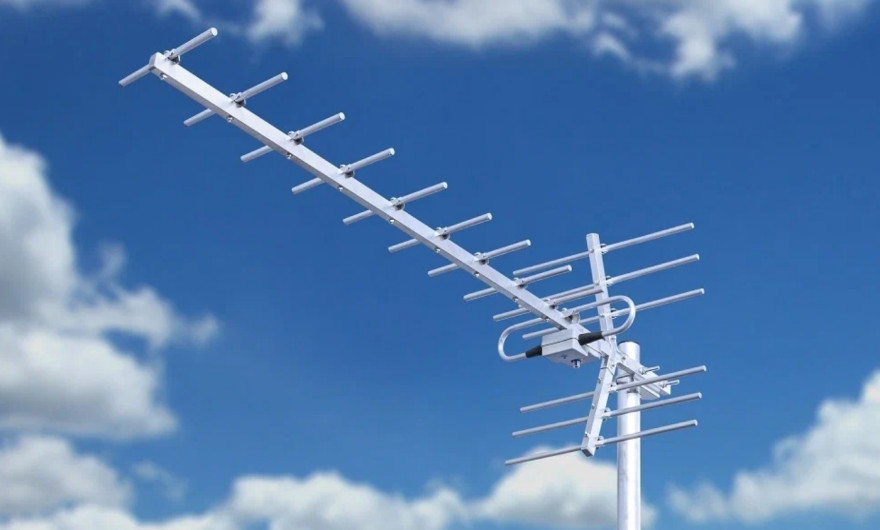
What is Antenna?
An antenna is a device used to transmit and receive electromagnetic signals. It is an essential component of any communication system, allowing for the transmission of signals over a wide range of frequencies. Antennas come in a variety of shapes and sizes, and each type has its own unique characteristics.
What is Antenna Polarization?
Antenna polarization is a term used to describe the orientation of the electric field in relation to the antenna. It is the orientation of the antenna relative to the ground and the direction in which the radio waves are emitted. The two main types of antenna polarization are linear and circular. Linear polarization is when the electric field is parallel to the ground, while circular polarization is when the electric field is perpendicular to the ground. Polarization is important because it affects the way radio waves propagate and can be used to improve signal reception.
What are the factors that affect antenna efficiency?
Antenna efficiency is an important factor in determining the performance of a wireless communication system. Factors that affect antenna efficiency include antenna size, antenna type, antenna gain, antenna polarization, antenna height, antenna orientation, and antenna environment.
- Antenna size affects the amount of signal that can be transmitted and received. Smaller antennas are less efficient than larger antennas.
- Antenna type affects the amount of signal that can be transmitted and received. Different types of antennas have different radiation patterns, which can affect the efficiency of the antenna.
- Antenna gain is the measure of how much power is radiated from the antenna. Higher gain antennas are more efficient than lower gain antennas.
- Antenna polarization affects the direction of the signal. Horizontal polarization is more efficient than vertical polarization.
- Antenna height affects the amount of signal that can be transmitted and received. Higher antennas are more efficient than lower antennas.
- Antenna orientation affects the amount of signal that can be transmitted and received. Antennas that are oriented in the direction of the signal are more efficient than antennas that are not.
Finally, antenna environment can affect the efficiency of the antenna. Factors such as nearby buildings, trees, and other objects can affect the signal strength and the efficiency of the antenna.
What are the Different Types of Antennas?
Antennas come in a variety of shapes and sizes, and each type of antenna has its own unique characteristics and uses. The most common types of antennas are:
1. Dipole Antennas
Dipole antennas are the most basic type, consisting of two conductors arranged in a straight line. They are used for transmitting and receiving radio signals in a variety of applications, such as television and radio broadcasting, cellular communications, and satellite communications.
2. Yagi Antennas
High Gain Yagi Antenna are made up of multiple elements and are used to transmit and receive signals over long distances. They are commonly used in TV and radio broadcasting, as well as in satellite communications.
3. Parabolic Antennas
Parabolic antennas are shaped like a parabola and are used to focus radio waves in a particular direction. They are often used for long-range communication and are commonly found in satellite dishes.
4. Helical Antennas
Helical antenna are shaped like a coil and are used to transmit and receive signals over long distances. They are often used in radio and television broadcasting, as well as in satellite communications.
5. Loop Antennas
These antennas are shaped like a loop and are used to transmit and receive signals over short distances. They are often used in radio and television broadcasting, as well as in satellite communications.
6. Microstrip Antennas
These antennas are made up of a flat metal strip and are used to transmit and receive signals over short distances. They are often used in radio and television broadcasting, as well as in satellite communications.
6. Monopole Antennas
Monopole antennas are similar to dipole antennas, but they only have one conductor. They are often used in mobile phones and other portable devices.
Characteristics of Antenna
The characteristics of an antenna depend on its design and the frequency of the signal it is receiving or transmitting. The most important characteristics are gain, directivity, bandwidth, and polarization.
- Gain is a measure of how much power an antenna can transmit or receive.
- Directivity is a measure of the antenna’s ability to focus its signal in a particular direction.
- Bandwidth is the range of frequencies that the antenna can transmit or receive
- Polarization is the orientation of the antenna’s electric field.
What are the Components of an Antenna?
An antenna is an electronic device that is used to transmit and receive radio waves. It is composed of several components, including an antenna element, a feed line, a matching network, and a balun. The antenna element is the physical part of the antenna that radiates and receives the radio waves. The feed line is the cable that connects the antenna element to the transmitter or receiver. The matching network is a circuit that helps to match the impedance of the antenna to the transmitter or receiver. Finally, the balun is a device that helps to balance the antenna's electrical signals.
How do Different Types of Antennas Function?
Antennas are devices used to transmit and receive electromagnetic signals. Different types of antennas function in different ways, depending on the type of signal they are designed to transmit or receive.
For example, a dipole antenna is a type of antenna that is used to transmit and receive radio frequency (RF) signals. It consists of two metal rods that are connected to a transmitter or receiver. The dipole antenna is designed to transmit and receive signals in a specific direction, known as the main lobe, and also in other directions, known as side lobes.
Another type of antenna is the high gain yagi antenna, which is used to transmit and receive UHF and VHF signals. It consists of several metal rods that are connected to a transmitter or receiver. The Yagi antenna is designed to transmit and receive signals in a specific direction, known as the main lobe, and also in other directions, known as side lobes. You get wide range of yagi antennas which includes high gain dual stacked yagi antenna, quad stacked yagi antenna, high gain circular polarized yagi antenna, dual stacked circular polarized yagi antenna, and many more.
Finally, there is the loop antenna, which is used to transmit and receive signals in all directions. It consists of a loop of metal wire that is connected to a transmitter or receiver. The loop antenna is designed to transmit and receive signals in all directions, making it ideal for applications such as radio navigation and direction finding.

